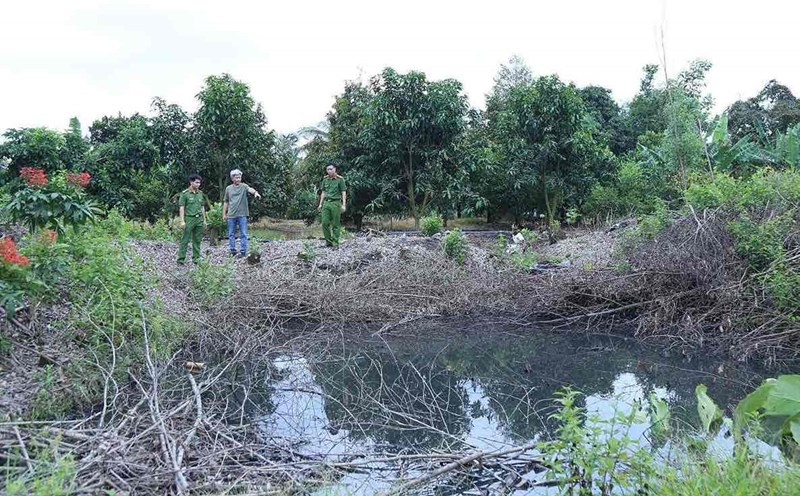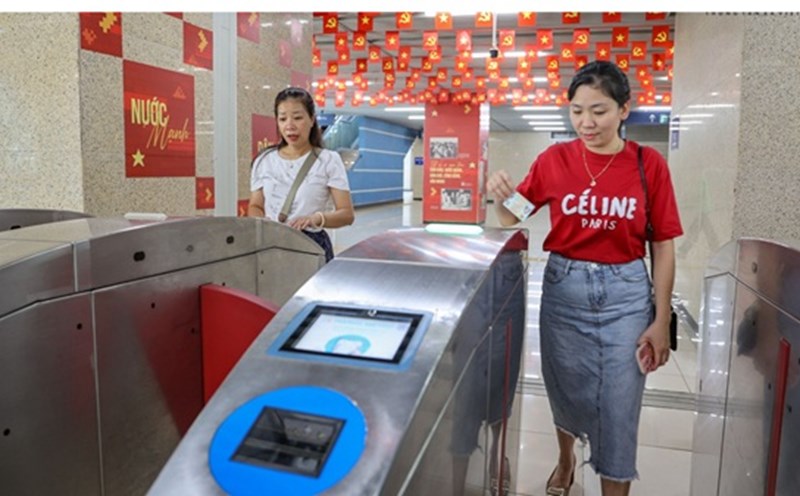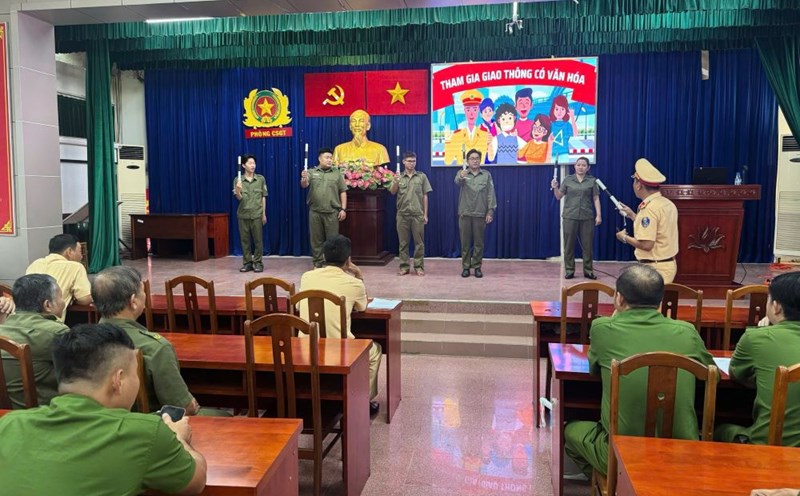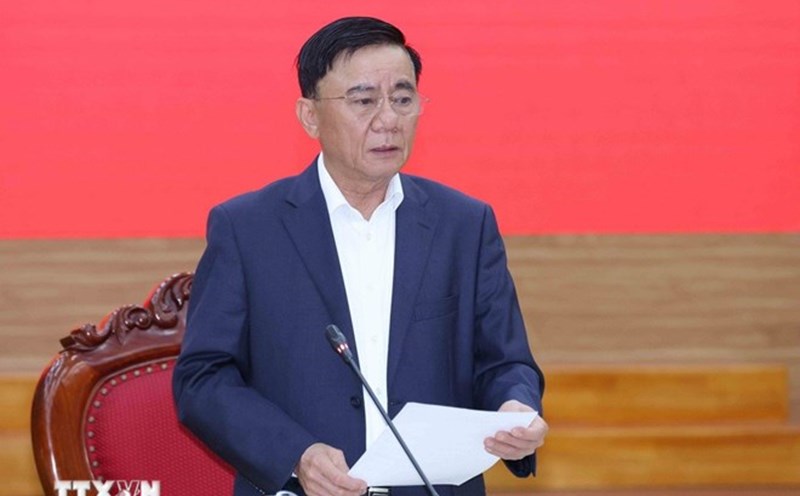On September 20, the Chairman of the Gia Lai Provincial People's Committee assigned the Department of Agriculture and Environment to coordinate with units to urgently implement the Forest Investigation and inventory Project in 2025.
In particular, the focus is on comprehensively assessing the province's poor forest conversion program to rubber plantation; at the same time, proposing a direction for handling dead and underdeveloped rubber areas, associated with forest restoration, replacement forest plantation or conversion to livestock and crop projects.
The competent authority is required to specifically evaluate each project: land area, type of crop, productivity, efficiency, as well as areas where rubber cannot be grown.
The Provincial People's Committee emphasized the need to clarify the reason why the trees were previously determined to be eligible for rubber cultivation, but now the trees are dead, underdeveloped, and not productive. Departments and branches must propose a plan to return land to localities to solve the need for production land for people lacking land.
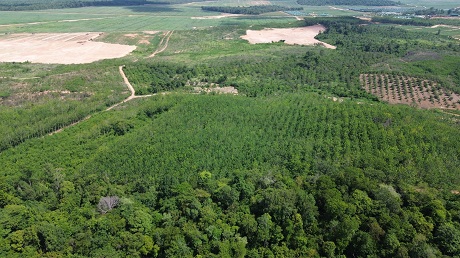
In 2008, the old Gia Lai province converted more than 50,000 hectares of poor forests to grow rubber - a type of plant considered "white gold" at that time, with dozens of participating businesses.
However, after the forest was leveled, the rubber trees planted did not grow. Statistics show that only 7,884 hectares (30.9% of the planted area) are developing normally. The remaining area is increasingly dead and underdeveloped: in 2018 it was 12,039 hectares; in 2022 it was 16,364 hectares; in 2025 it will be 17,651 hectares.
Faced with this situation, many businesses have proposed options such as converting crop structure or implementing other projects. However, converting ineffective rubber areas to non-forestry purposes has encountered many problems, especially related to legal procedures and the obligation to pay for replacement forest planting.


